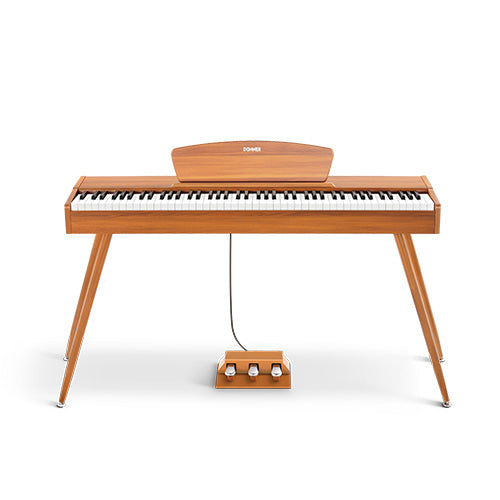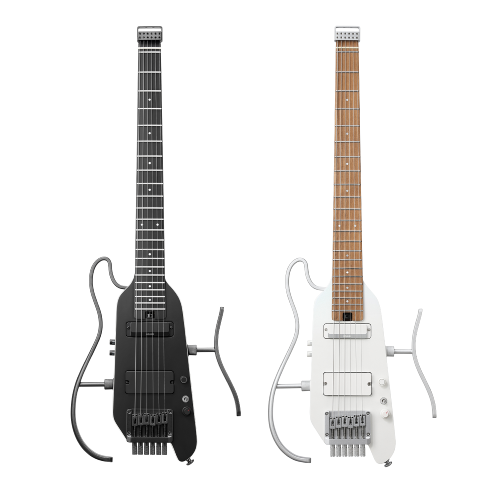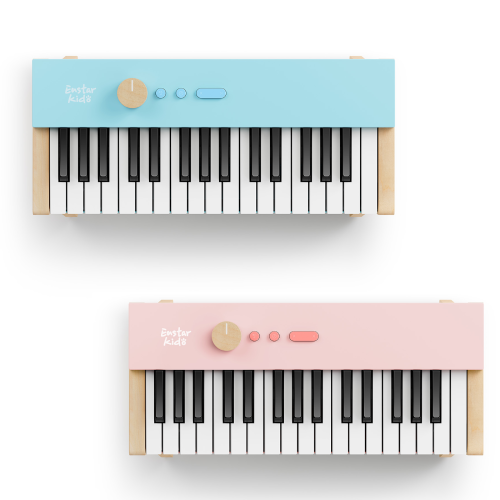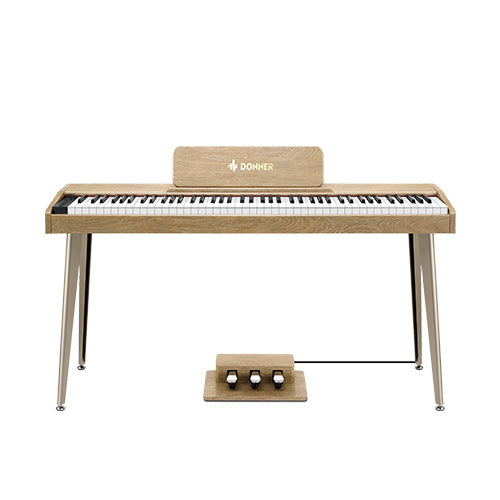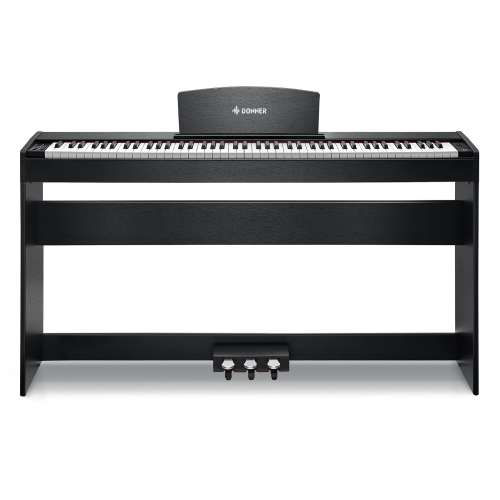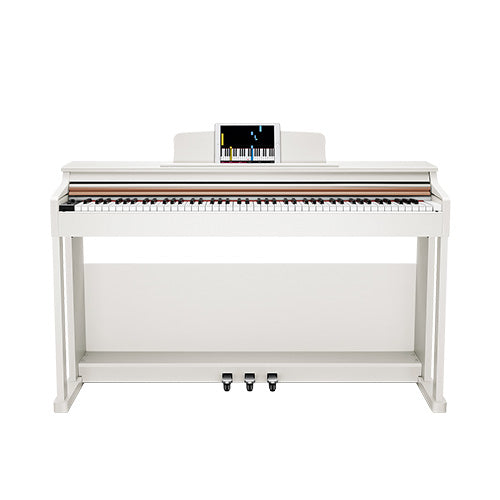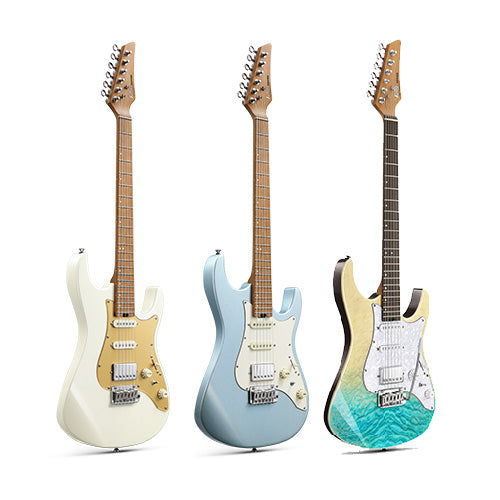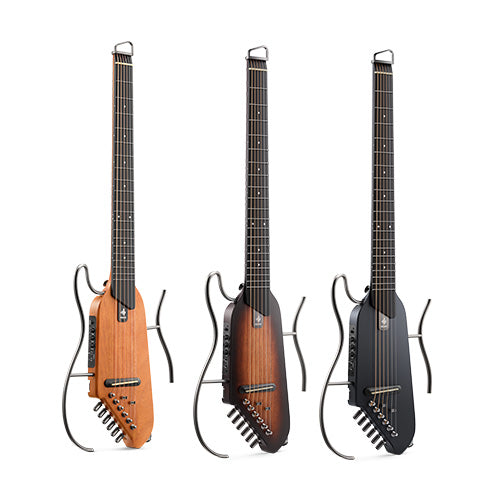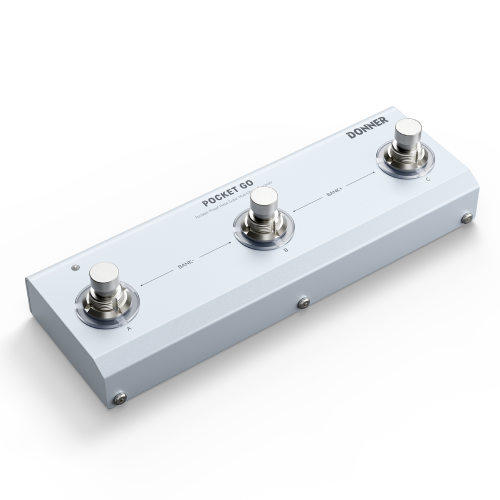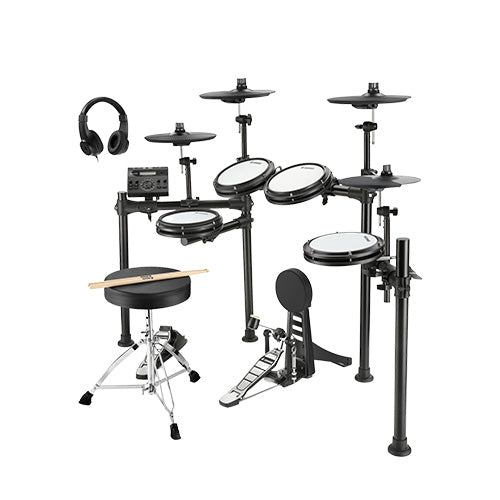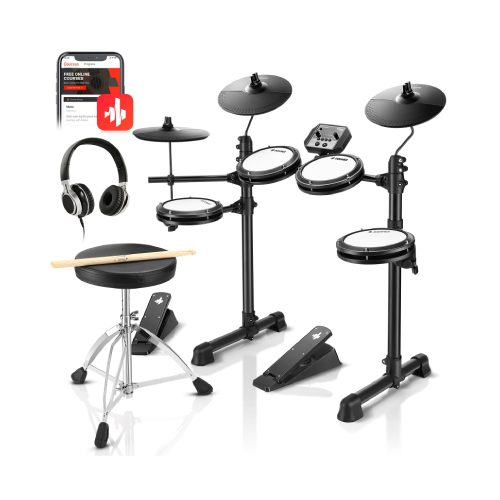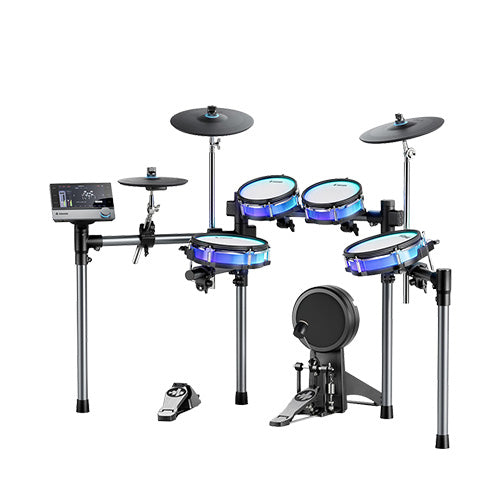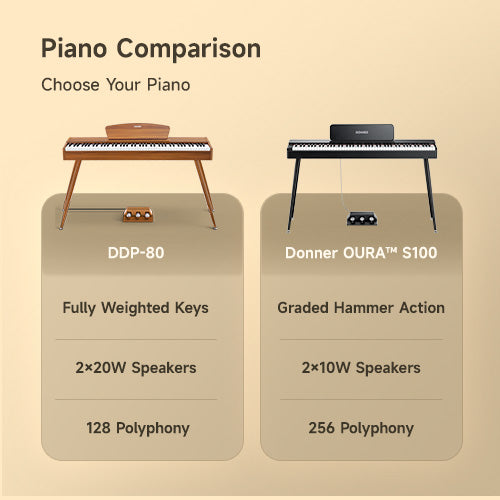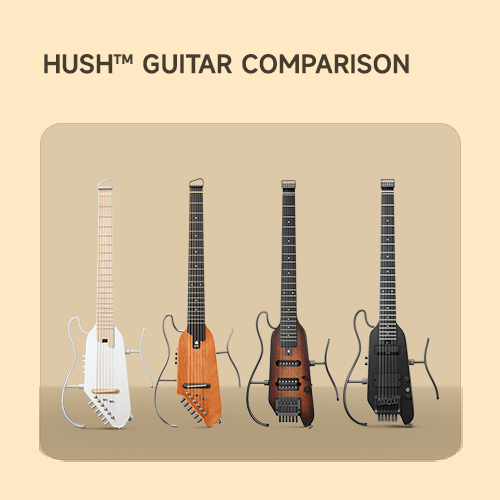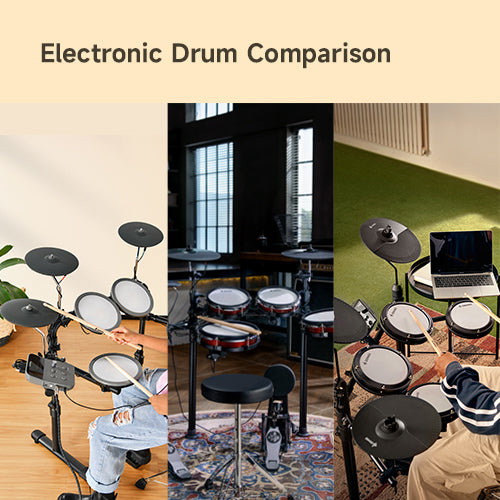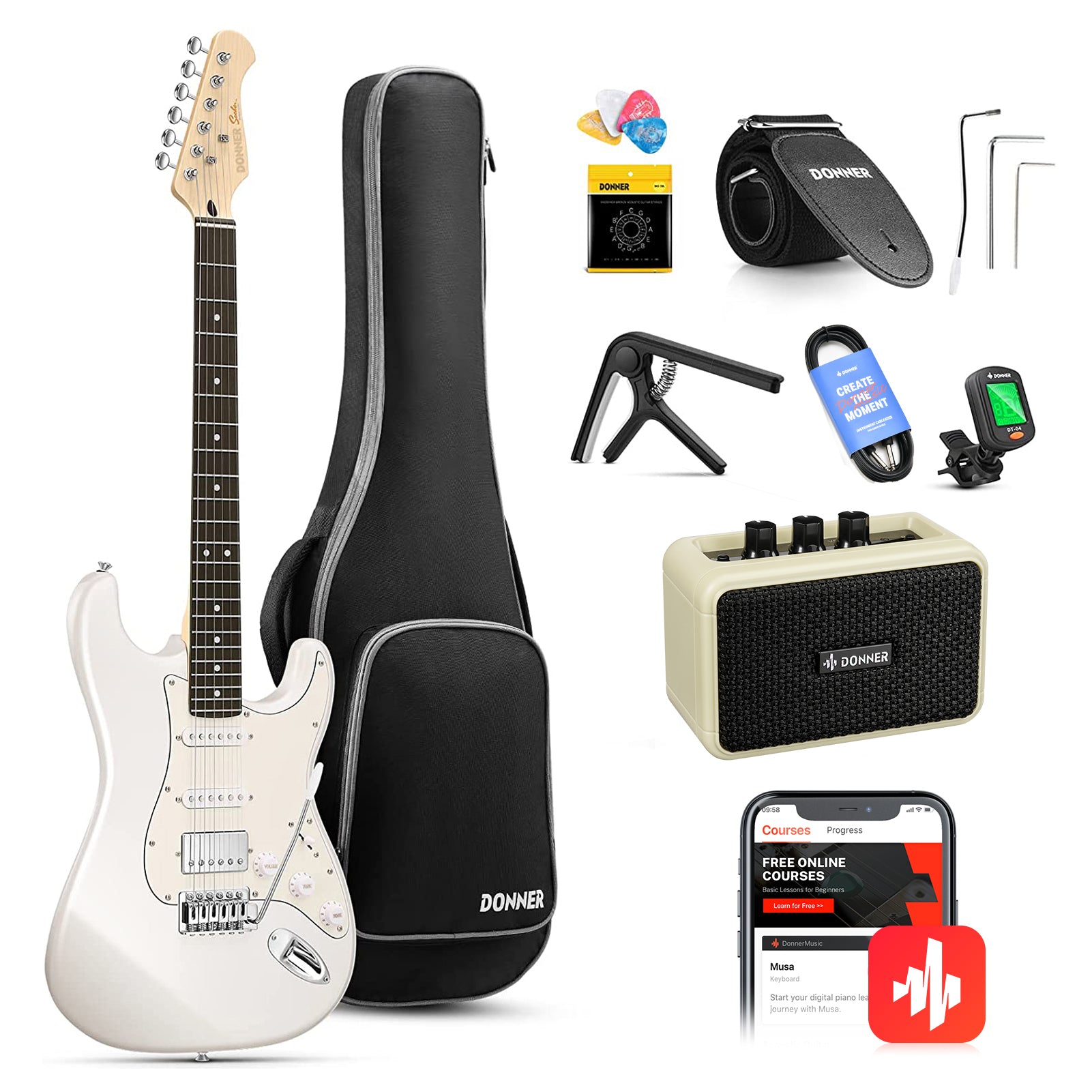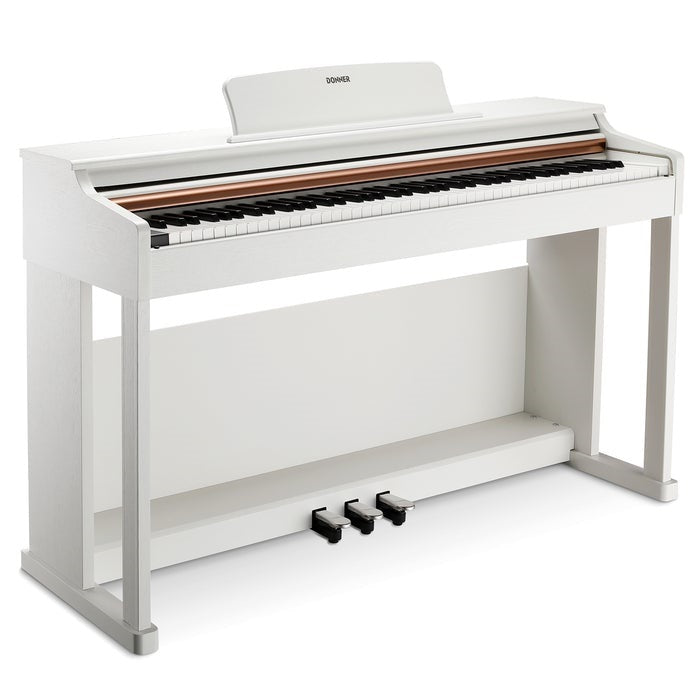Choosing the right keyboard instrument can be challenging given the variety of options available. This guide explains the differences between an acoustic piano, digital piano, electronic keyboard, and synthesizer to help you make an informed choice.
1. Acoustic Piano: The Classic Sound and Artistic Expression

- Features: Produces sound via strings and hammers, ideal for classical and professional performances.
- Price Range: $3,000 - $50,000+
- Materials: Solid wood like maple or mahogany, ivory/plastic keys.
- Usage Scenarios: Concert halls, music education.
- Target Audience: Professionals, and advanced students.
2. Digital Piano: Practical and Portable
- Features: Simulates acoustic piano sound with sampling technology.
- Price Range: $300 - $3,000
- Materials: Plastic or synthetic wood, synthetic ivory keys.
- Usage Scenarios: Home practice, small performances.
- Target Audience: Beginners, practical musicians.
3. Electronic Keyboard: Ideal for Beginners and Pop Music

- Features: Offers various tones and auto-accompaniment.
- Price Range: $100 - $600
- Materials: Plastic casing.
- Usage Scenarios: Music lessons, pop composition.
- Target Audience: Children, beginners.
4. Synthesizer: The Ultimate Tool for Music Creation

- Features: Generates sounds using synthesis technology.
- Price Range: $300 - $5,000+
- Materials: Plastic or metal casing.
- Usage Scenarios: Music production, live performances.
- Target Audience: Music producers, and experimental musicians.
Comparison Table
| Type | Price Range | Materials | Usage Scenarios | Target Audience |
|---|---|---|---|---|
| Acoustic Piano | $3,000 - $50,000+ | Solid wood, ivory/plastic keys | Concerts, music education | Professionals, advanced users |
| Digital Piano | $300 - $3,000 | Plastic or synthetic wood | Home practice, small performances | Beginners, practical users |



